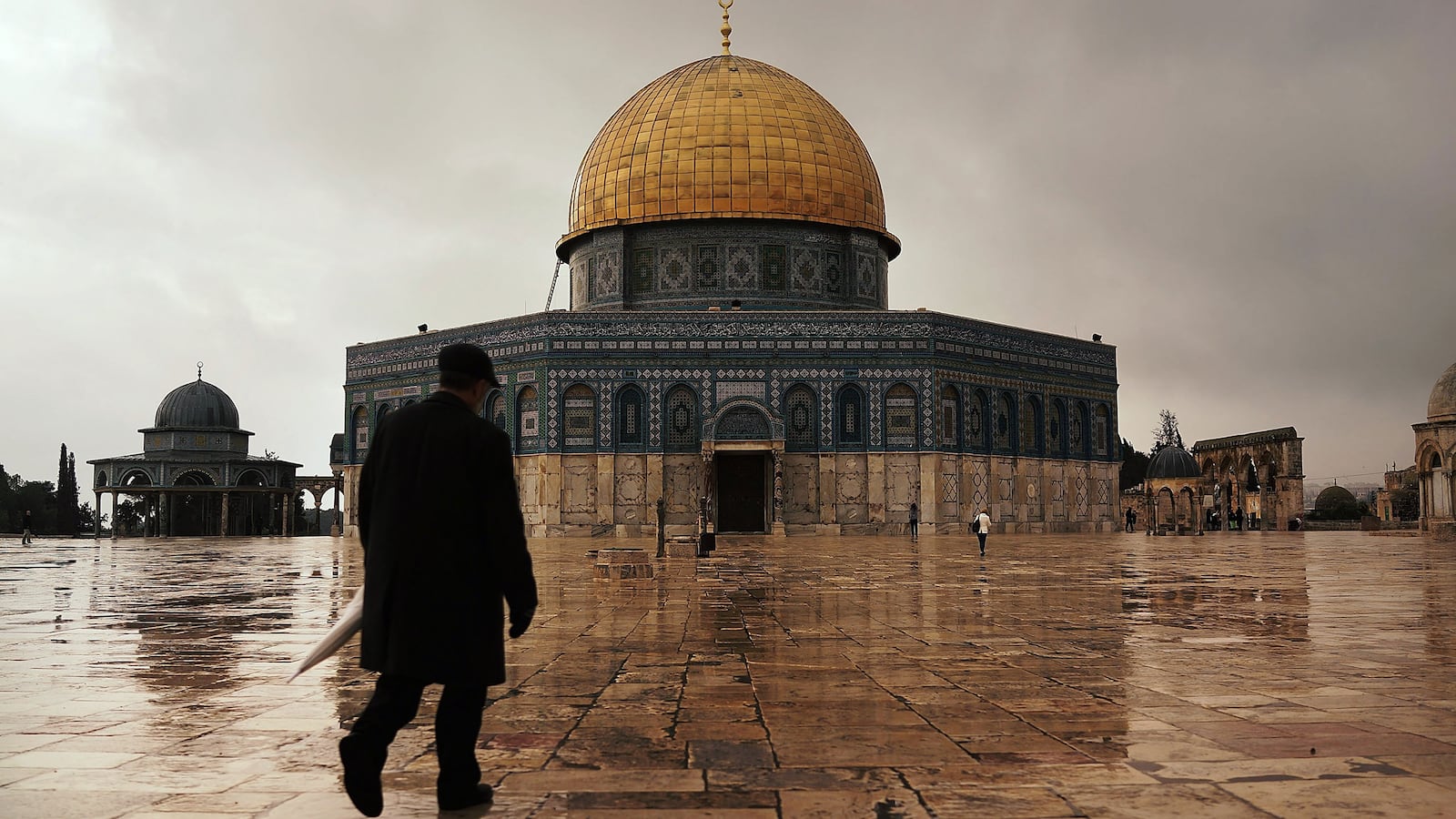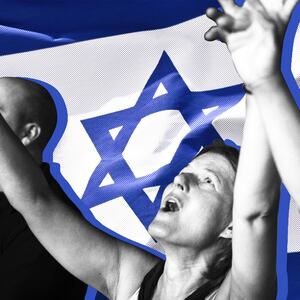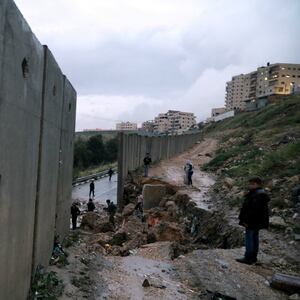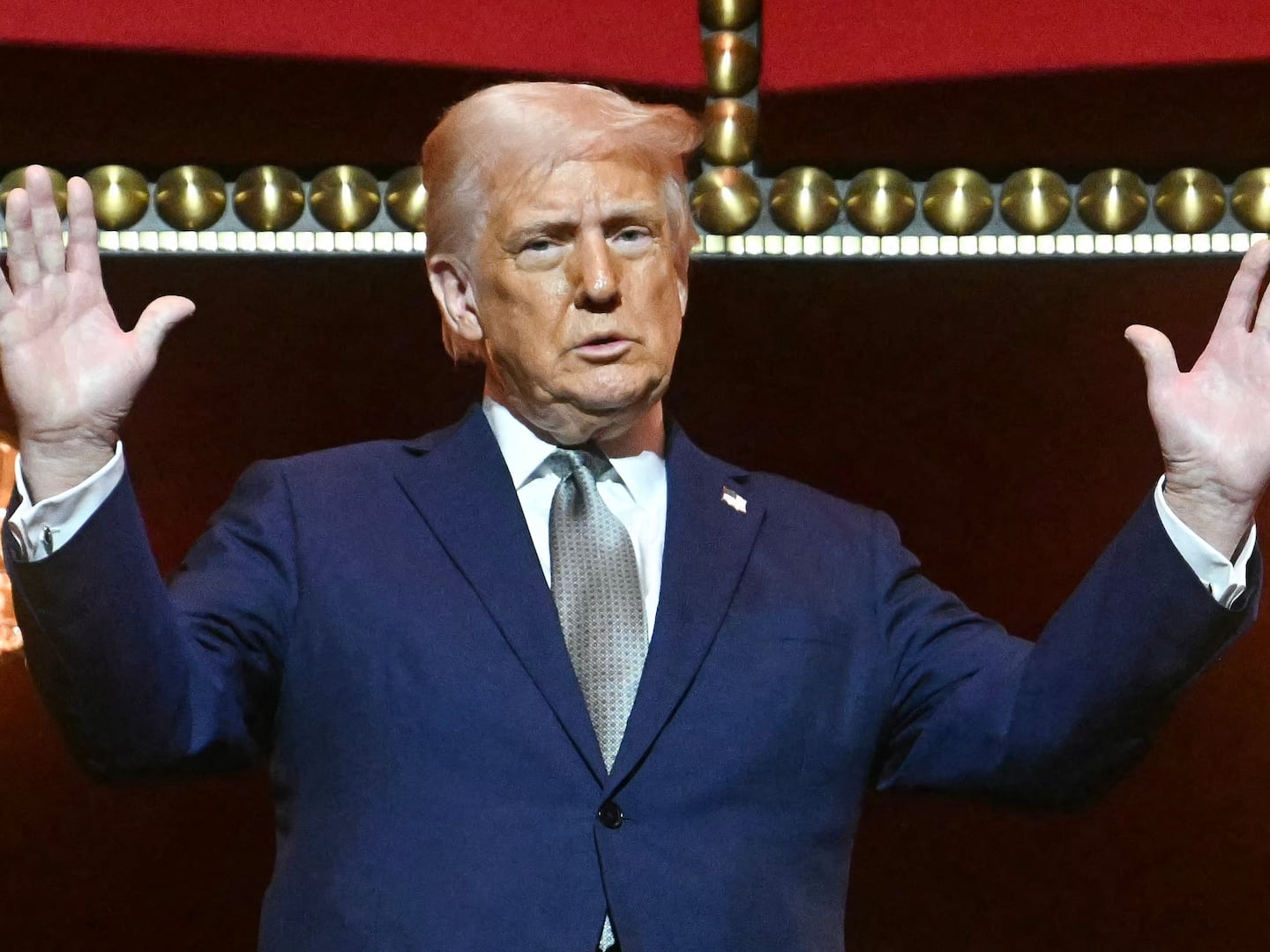JERUSALEM—Christian Zionists were instrumental in Donald Trump’s lightning-rod decision to recognize Jerusalem as the capital of Israel and relocate the American embassy there, a move many imbued with spiritual meaning. Now, a Christian group aims to harness that same evangelical people power to alter radically the status quo at Jerusalem’s Temple Mount, the most bitterly contentious holy site in the Middle East.
Cry for Zion, an Israel-based organization started in 2014, is recruiting Christians worldwide in its campaign to push Israel to fully control the site, which is administered by a Muslim religious trust, the Jerusalem Islamic Waqf.
The group’s Change.org petition for “full sovereignty” for Jews, one of Cry for Zion’s several actions, has earned more than 8,760 signatures. Its YouTube presentation challenging Islam’s claim to the site has had more than 55,500 views.
The movement is small, but leaders say that they are making inroads with Christians who are predisposed to support Israel even if they have little awareness of what Cry for Zion executive director Doron Keidar claims is “the Israel issue of today.”
With slick graphics and a regular YouTube show called “Temple Mount Report,” the group hopes to broaden support for an issue traditionally championed by a narrow but influential segment of the Israeli right. And the consequences could be explosive.
The Temple Mount, known to Muslims as the Noble Sanctuary, is a flashpoint for violence, where real or perceived changes to the status quo can prove deadly. The bloody Second Intifada was sparked when Ariel Sharon, then leader of the Israeli opposition in the Knesset, took a provocative walk on the platform in 2000. Between 2015 and 2016, tensions over Jewish and Muslim access to the site contributed to a wave of Palestinian attacks against Israelis which was met with a harsh Israeli military response. And in 2017, when Israel placed metal detectors at the entrance to the site after a Palestinian attack there, a mass protest ensued that spread to Jordan. (Israel eventually removed the security measures.)
Cry for Zion’s push for Israeli control over the Temple Mount contradicts the Israeli government position, which backs the Waqf’s authority there in order to avoid inflaming tensions with the Palestinians and also Jordan, which controls and funds the Waqf. But Cry for Zion aims to disrupt the current state of affairs, contending that Christians who believe in the Bible should act on God’s promise to the Jewish people, even if the Israeli government won’t.
“It is the most Jewish site in the entire country,” said John Enarson, the Christian relations director of Cry for Zion, calling the Temple Mount the “key to sovereignty.” “If Israel doesn’t have legitimacy or rights to the Temple Mount, why logically should they have rights to Tel Aviv, or Beer Sheva, or anywhere else?”
Munther Isaac, the director of Christ at the Checkpoint, an anti-occupation Christian Palestinian conference, called the notion that Israel should control the site because of biblical claims “dangerous.”
“The idea that we have to go to an ancient religious text and assume that we can solve one of the most complicated conflicts today based on our notion that God assigned a particular piece of geography to a particular nation and that we can assume for sure that a certain people today are the actual ethnic descendants and that is how we solve the conflict, to me that is ridiculous,” he said.
The Temple Mount is the holiest site in Judaism, the place where Abraham was said to offer Isaac to God in sacrifice. According to tradition, it was the base of two biblical temples. Muslims revere it as the point from which Muhammad ascended to heaven. The Al Aqsa mosque, one of several Islamic shrines there, is the third holiest place in Islam after Mecca and Medina. Cry for Zion also emphasizes its centrality for Christians, because Jesus would have worshiped there in the Second Temple period. (It’s just one of many important Christian places in the area, including Bethlehem, the Church of the Holy Sepulchre, the Galilee, and others.)
For centuries, the site has been administered by an Islamic trust, most recently the Waqf, an arrangement that Israel upheld after it seized the plaza in the 1967 Six Day War. (A representative for the Waqf did not reply to a request for comment.)
Non-Muslim prayer is prohibited there. For much of Israel’s history, this status quo was broadly unquestioned by the Jewish public, due in part to the fact that ascending to the site was considered a grave Jewish taboo. Most mainstream rabbis warned Jews against visiting there lest they accidentally tread upon God’s presence.
But over the past seven years, a growing movement has challenged both the rabbinic admonition and the ban on prayer, calling for Jewish rights at the Temple Mount. The movement’s unofficial leader is Yehuda Glick, a Knesset member in the ruling Likud party who nearly paid for his activism with his life. In 2014, a Palestinian assailant shot him several times in the chest as he was leaving a Temple Mount conference. Glick reportedly said that the gunman told him: “I’m very sorry, but you’re an enemy of Al Aqsa. I have to.”
The failed assassination attempt only brought attention to the cause for Jewish prayer, which Glick and others frame as a civil rights issue. In recent years, thousands of Jews have ascended the Temple Mount, agitating to be allowed to worship. Cry for Zion plays a supporting role in these efforts, emphasizing that Christians should be able to pray there, too.
“It is freedom of worship for the three monotheistic religions,” said Keidar, a former Christian Zionist who converted to Judaism as an adult.
But Munther, of Christ at the Checkpoint, said that he didn’t see how Jewish control of the site was a guarantor of that promise.
“In an ideal world, Jerusalem should be a place where Christians, Jews, and Muslims should worship freely,” he said. “But that should be the result of real peace that respects the equality of all residents of Jerusalem, of all residents of this land.”
Aviv Tatarsky, a researcher with Ir Amim, a Jerusalem group that monitors Temple Mount issues, says that the efforts to mobilize Jewish prayer are merely a palatable front for another goal, to fulfill prophecy by rebuilding the Third Temple. And some in the so-called Temple movement have implicitly or explicitly called for the destruction of the mosques at the site to make room for it.
“[Activists decided] ‘If we speak about the temple we are considered lunatic, we are considered dangerous, who will support us?’” said Tatarksy. “‘It makes much more sense to say that ‘We are going to pray, we are the victims, our rights are being violated and so on.’” It’s a shift, he said, that worked “very well,” drawing the Israeli public into the issue.
Cry for Zion says that it does not promote the destruction of any building on the Temple Mount, nor does it advocate the rebuilding of the temple.
But at the first Cry for Zion conference in December—held at the same Jerusalem convention center outside which Glick was shot—several speakers contradicted the group’s official stance, sometimes in fiery terms.
Mordechai Persoff, a rabbi and the head of the Mikdash Educational Center, spoke openly about constructing a new temple, calling Trump’s decision to move the embassy to Jerusalem a prophetic event.
“When maybe the biggest leader of the world now says that Jerusalem is the center of the world, it has to be some kind of prophecy,” said Persoff. “This is our Temple Mount,” he continued to applause. “It belongs to us. We are not going to go up as visitors. We just have to get a small push to remind us it is time to build the real house in Jerusalem, and it is possible.”
Later, there was a panel discussion on the topic of “The Temple Mount in Prophecy and Politics.” One panelist, Rico Cortes, a leader in the “Hebrew roots” movement, in which Christians follow Jewish rituals, predicted that rebuilding the temple would necessitate “conflict.”
The moderator, Chris Mitchell, a correspondent with the Christian Broadcasting Network, asked if it was possible to establish a new temple on the mount without destroying the Dome of the Rock, the gold domed shrine there. Cortes replied: “That thing’s got to go.” His answer was met with hoots and applause.
When asked why no one from Cry for Zion repudiated the statement, Enarson said that Cortes’s statement was “too broad to disavow”: “What do you mean by it? Do you mean 1,000 years from now when God interacts with history and the skies in heaven open that the building would be removed? Or like the crazy Australian tourist?” he said, referring to Denis Michael Rohan, a mentally ill Christian who set fire to the pulpit of Al Aqsa in 1969 in a bid to hasten the second coming of Christ.
Indeed, Cry for Zion is hardly the first Christian effort to influence the Temple Mount. According to Dan Hummel, a historian of Christian Zionism and a postdoctoral fellow at the University of Wisconsin-Madison, Christian interest there grew after Israel gained control of the site in 1967. This interest included evangelicals and fundamentalists who believed the future Third Temple would “play a role in the events in the lead up to Jesus’ return,” he wrote in an email to The Daily Beast.
Christian Zionists “have found common cause with Orthodox Jews who also are concerned about the Temple Mount's future for their own religious and/or prophecy reasons,” he continued.
One example is the partnership between Clyde Mott, a Pentecostal Mississippi rancher, and rabbis at the Temple Institute in Israel, who endeavored to create a perfect red heifer, the existence of which is a biblical precondition to the establishment of the Third Temple.
Yet in spite of such examples, Jewish control of the Temple Mount has not been high on the agenda of the mainstream Christian Zionist movement. Christian zeal for Israel—undergirded by the belief that the modern state of Israel is the fulfillment of biblical prophecy—typically has been manifested in support for the Israeli government rather than Jewish activist efforts that seek to undermine its policies.
Hummel said that Cry for Zion’s efforts are “too controversial to make central.”
“This is in large part because the Israeli government is invested in the status quo and groups like Cry for Zion are actually pressuring the Israeli government, which has the ultimate say over who has access to the mount,” Hummel told us.
Cry for Zion is trying to break this taboo in the Christian Zionist world. It recruits Christian supporters by showing them how important the site is to their faith. A Cry for Zion publication includes descriptions of Jesus’s visits to the Second Temple and his enthusiasm for the place. It also tries to argue Christians out of squeamishness around animal sacrifice, which would occur in a rebuilt temple.
Enarson says he has taken at least 1,000 Christian tourists to the site, pointing out to them the places where Jesus may have walked.
“This is the center of the world for the Christian faith,” he said.










